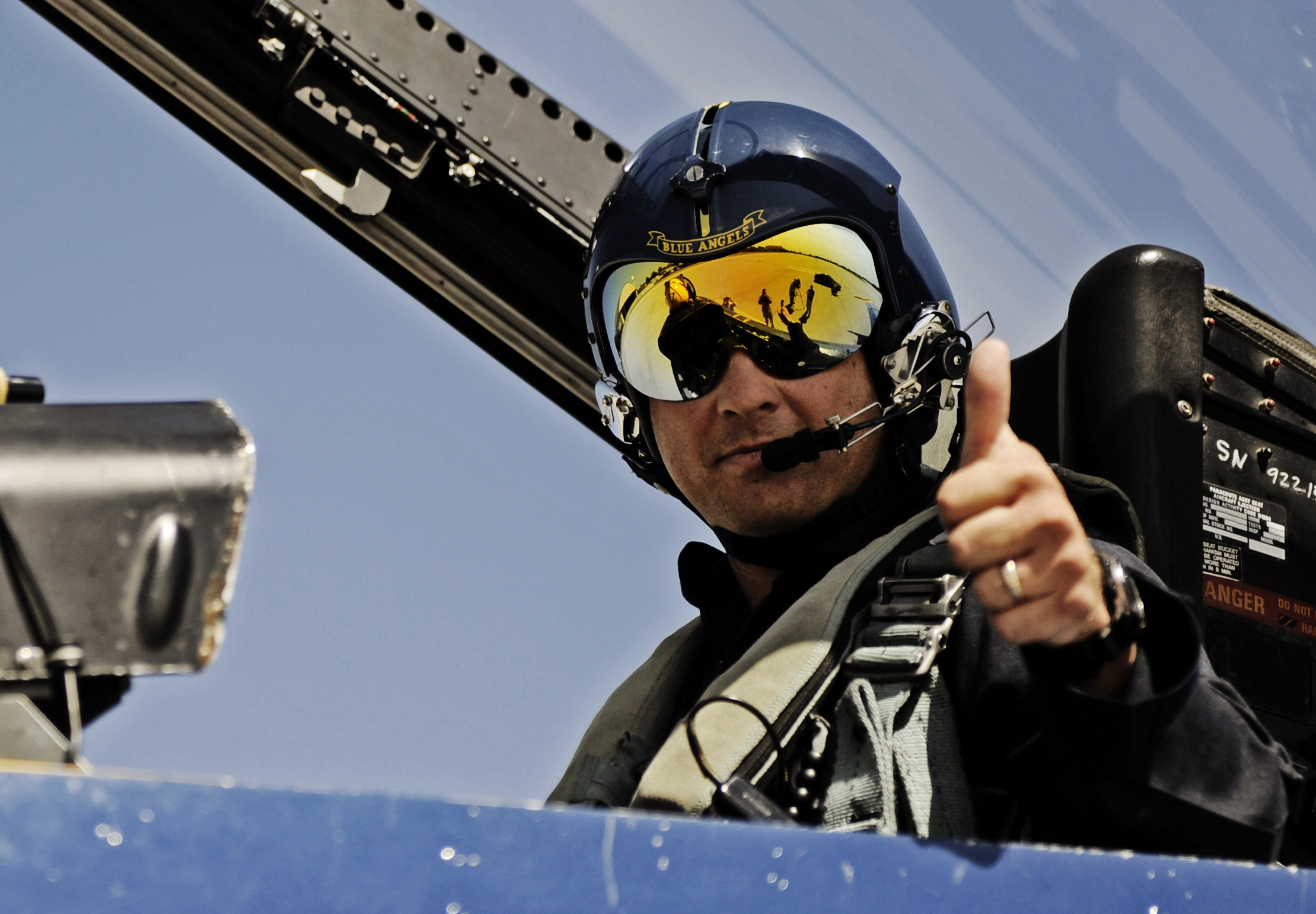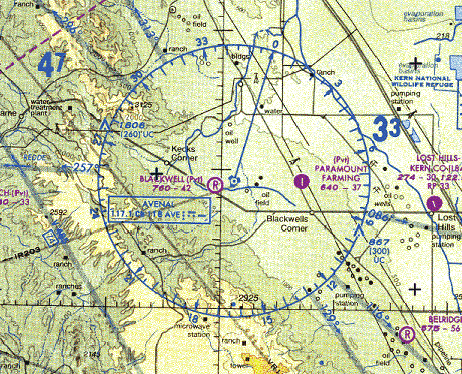More Practical Aviation Stuff
And it's getting kinda awesome. The last couple of lessons have gotten into some stuff less interesting than the aerodynamic categories, but much more important. We're covering airspace, lingo, etc. It's really new and confusing, but I'm hoping it gets easier the more I practice it.
Lingo
First, the aviation-speak. Altitudes are a little confusing, but not much. Almost every single number is read individually 10 is one-zero, not ten. 500, though, is five hundred when speaking in feet. One-zero thousand, five hundred is 10,500 ft. Once you're at or above 18,000, then you're at flight level 180, flight level 200 for 20,000 ft, etc. Vector lines (blue lines on the map) are read Victor twelve (V12) and Victor two-seventy (V270). They're the vector lines originally used for travel. Now, most everyone uses GPS.
Not surprising, but the alphabet is the phonetic alphabet my brothers taught me in the military. Alpha, bravo, charlie, etc. There area couple of rules about airport designations.
What's really going to take getting used to is listening to the controllers talk, know what they're saying, and know exactly what to say. There's a mantra of "when in doubt, state who you are talking to, who you are, where you are, what you want, and who you're talking to again." There are some other rules about which frequencies you reach people on, but much of that is indicated on the aviation charts. What's that, you ask? Glad you did!
Charts!
We're learning the charts.I can decipher most of the information on aviation charts. It'll probably take a little getting used to as well when it comes to plotting a course, but just like anything else, once you get the hang of it, it's not bad at all. Towers show up on these things, airports, distance of runways, used frequencies, whether or not the runway has lights, etc. It's fantastic. Airspace is called out on these as well, and I'll need to really study that some more to memorize all of the characteristics of each airspace.I think learning the charts has been one of the coolest experiences so far. It's really what pilots do. The rest is somewhat information that is great knowledge, but almost general. When someone sees you reading an aviation chart, and actually knowing what you're talking about, then they know you're some kind of pilot or ground control or something to do with aviation (at least, it appears that way in my mind).
Next, we're studying FAR (Federal Aviation Regulations). This unit is huge, and has by far the most questions of any units so far (over 200). I'm not looking forward to this section at all, but if it's what I've got to do, then so be it.


Comments
Post a Comment